Dan Morgenstern Books
Author
Living With Jazz
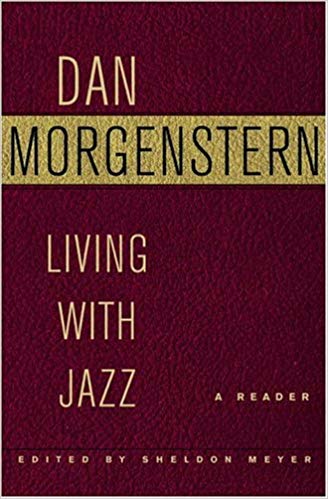
Former editor of Metronome, Jazz and Downbeat, Morgenstern has been one of jazz's most passionate observers and chroniclers, particularly during its last major flowerings in the '60s and '70s. Longtime Oxford University Press editor Meyer gathers nearly half a century of Morgenstern's profiles, liner notes, record and show reviews and other musings in this definitive compilation. Morgenstern reminisces about his introduction to jazz in a brief opening memoir, then segues into lengthy sections on his greatest heroes, Louis Armstrong and Duke Ellington. Liner notes introduce records by everyone from Ma Rainey to Joe Lovano; essays include a survey of the history of recorded jazz and considerations of jazz's relationship to theater, dance, film and television. Morgenstern has known most of the musicians he discusses, and he depicts them all with insight and affection, from his rollicking account of the career of lovable "Hot Lips" Page to his sensitive portraits of self-effacing Pee Wee Russell and eccentric Lester Young. Often he lets the artists speak for themselves, as when Bill Evans articulates his thoughts on the "intellectual" qualities of his music. Formerly the director of the Institute of Jazz Studies at Rutgers University, Morgenstern is generous in his assessments of performers and performances, and his exuberant characterizations make this monumental volume a stimulating guide to jazz in the second half of the 20th century.
Copyright © Reed Business Information, a division of Reed Elsevier Inc. All rights reserved.
From liner notes and reviews to profiles and extended analyses, all of Dan Morgenstern's most significant work is included, unified by his poised, always generous voice and by the extraordinary depth of his knowledge. He writes with unmatched insight about the work of a broad spectrum of jazz entertainers, from the most iconic to the most esoteric, finding the essential aspects of the music and artistry in each of them. He analyzes the role of jazz in contemporary culture. And his appreciations of Duke Ellington, Dizzy Gillespie, John Coltrane, Ella Fitzgerald, and Louis Armstrong, among many others, transform the way the music of these artists is listened to and understood. The enduring brilliance of Dan Morgenstern's writing, its comprehensiveness and sheer impact, make this a benchmark in jazz literature. It is a must-have book for both new listeners and aficionados.
Jazz People
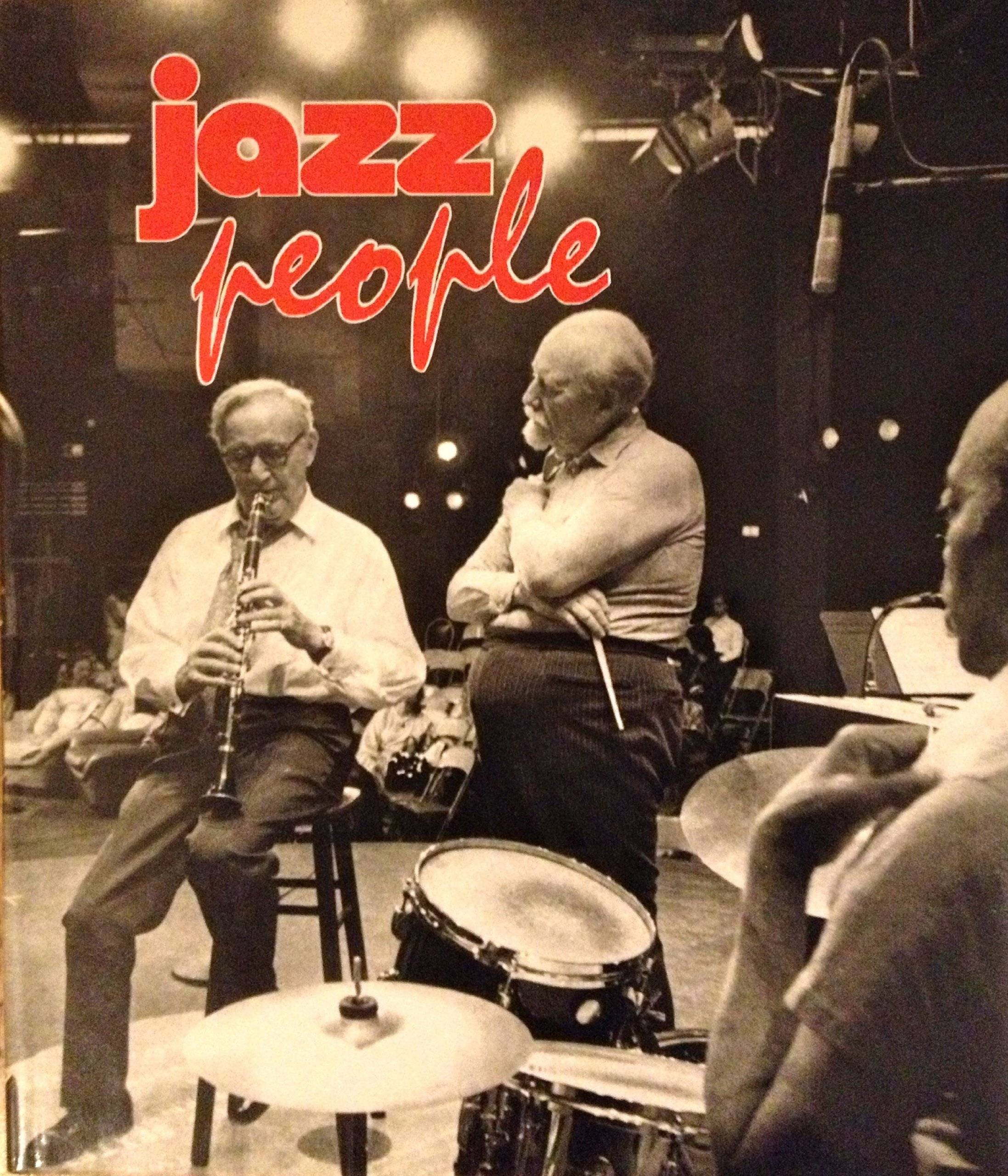
This work portrays the giants of jazz, relates what they achieved, and tells how they made their way in a world not always ready for them. The text offers a clear, informative history of the art, and the photographs present Coleman Hawkins, Count Basie, Charles Mingus, Benny Goodman, Louis Armstrong and scores of others. These haunting photographs are supplemented with some rare vintage prints to tell the whole story of jazz from Buddy Bolden to Anthony Braxton.
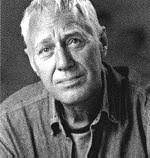
Photographer Ole Brask died 8/15/09. A brief eulogy
- Ole was not well known in the U.S., but he contributed many memorable photos. His resume grew fast and impressively included: Richard Avedon, Magnum, ABC's 20/20, CBS' 60 Minutes. Some of his best work can be found in Jazz People.
Louis Armstrong: A Cultural Legacy

Louis Armstrong: A Cultural Legacy – October 1, 1994
by Richard A. Long (Author), Dan Morgenstern (Author)
For many, Louis Armstrong will always be best known as one of the twentieth century's great musical innovators. Others see "Satchmo" as a globe-trotting goodwill ambassador and entertainer who helped give African Americans' artistic contributions mainstream visibility. This companion to a Queens Museum of Art touring exhibition embraces all facets of the man in a stunning pictorial display that includes many rare items from the Louis Armstrong Archives as well as several discerning essays. Photos from all stages of Armstrong's career appear, along with collages he created that reflect the pride he took in his heritage and, in color, a handful of fine paintings that conjure the era (1920s and 1930s) of Armstrong's seminal recordings. Essays by editor Miller discuss Armstrong's cultural impact and the many portraits of him; others contrast his struggles against segregation and his State Department-sponsored trips to Africa, analyze his music (a knowledgeable job by jazz critic Dan Morgenstern), and survey his movie appearances. This tome's way too good to be used just for coffee table decoration. Aaron Cohen
The Great Jazz Day
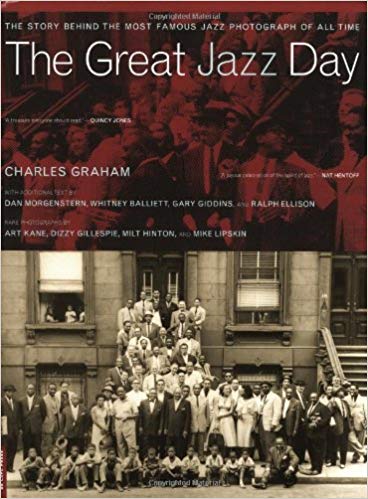
And what a day it was, when nearly sixty jazz greats gathered on a Harlem street one morning in August 1958 for what was, incredibly, the photographer Art Kane's first professional shoot. Art Blakey, Charles Mingus, Coleman Hawkins, Sonny Rollins, Mary Lou Williams, Thelonious Monk, Lester Young, Dizzy Gillespie, Count Basie, Marian McPartland. . . .No one knew how many would show up at 10:00 A.M. for what was planned as the centerfold for Esquire magazine, but at the appointed hour they began coming—by subway, by taxi, and on foot. What resulted became the most famous jazz photograph ever—instantly recognizable to jazz fans the world over and the inspiration for the 1995 Oscar-nominated documentary A Great Day in Harlem. This remarkable photograph and the outtakes and candids shot that day—reproduced here in elegant duotone on high-quality paper—are complemented by biographical information on all the musicians in the photograph and by essays from some of the greatest jazz writers of our time—Whitney Balliett, Ralph Ellison, Gary Giddins, and Dan Morgenstern. "This is pure American cultural history," said Philip Elwood of the San Francisco Examiner, "capturing not just a day, but an era."
The Jazz Book
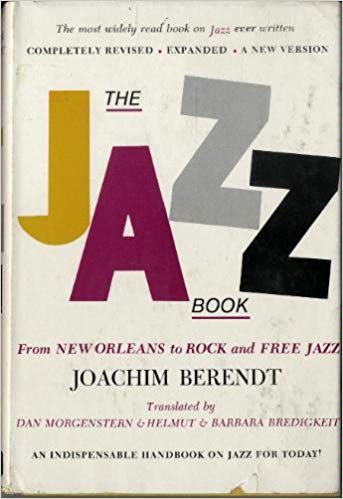
The Jazz Book: From New Orleans to Rock and Free Jazz. By Joachim Berendt. Transl. by Dan Morgenstern and Helmut and Barbara Bredigkeit. New York: Lawrence Hill and Co., 1975, c1953.
"The Jazz Book has merit, however, in that it covers some of the most recent developments in contemporary music. Berendt is active as a record producer and writer in Europe, and American readers undoubtedly will find much of interest in the book because of his knowledge of that scene."
Review by: George L. Starks, Jr. Source: The Black Perspective in Music, Vol. 3, No. 3 (Autumn, 1975), pp. 334-337
The jazz story: An outline history of jazz
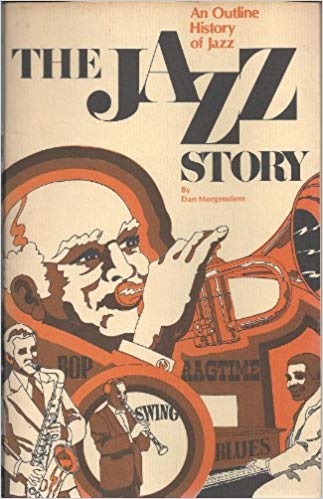
The Jazz Story 1973
Board Member at the New York Jazz Museum, Dan contributed articles and special event publications.
Morgenstern's writing is excellent, as always.
Paperback: 29 pages
Publisher: New York Jazz Museum] (1973)
The Photograph
Red Allen, Buster Bailey, Count Basie, Emmett Berry, Art Blakey, Scoville Browne, Lawrence Brown, Buck Clayton, Bill Crump, Vic Dickenson, Roy Eldridge, Art Farmer, Bud Freeman, Dizzy Gillespie, Tyree Glenn, Benny Golson, Sonny Greer, Johnny Griffin, Gigi Gryce, Coleman Hawkins, J.C. Heard, Jay C. Higginbotham, Milt Hinton, Chubby Jackson, Hilton Jefferson, Osie Johnson, Hank Jones, Jimmy Jones, Jo Jones, Taft Jordan, Max Kaminsky, Gene Krupa, Eddie Locke, Marian McPartland, Charles Mingus, Miff Mole, Thelonious Monk, Gerry Mulligan, Oscar Pettiford, Rudy Powell, Luckey Roberts, Sonny Rollins, Jimmy Rushing, Pee Wee Russell, Sahib Shihab, Horace Silver, Zutty Singleton, Stuff Smith, Rex Stewart, Maxine Sullivan, Joe Thomas, Wilbur Ware, Dicky Wells, George Wettling, Ernie Wilkins, Mary Lou Williams, Lester Young.
Jazz Documentary - A Great Day In Harlem - Art Kane 1958 ( Full )
A Great Day in Harlem 1958 is a 1958 black and white group portrait of 57 jazz musicians photographed on a street in Harlem, New York City. Art Kane, a freelance photographer working for Esquire magazine, took the picture around 10 a.m. on August 12, 1958. The musicians had gathered on 126th Street, between Fifth and Madison Avenues in Harlem. Jean Bach, a radio producer of New York, recounted the story behind it in her 1994 documentary film, A Great Day in Harlem. The film was nominated in 1995 for an Academy Award for Documentary Feature.
[closed captioned] [transcript]
